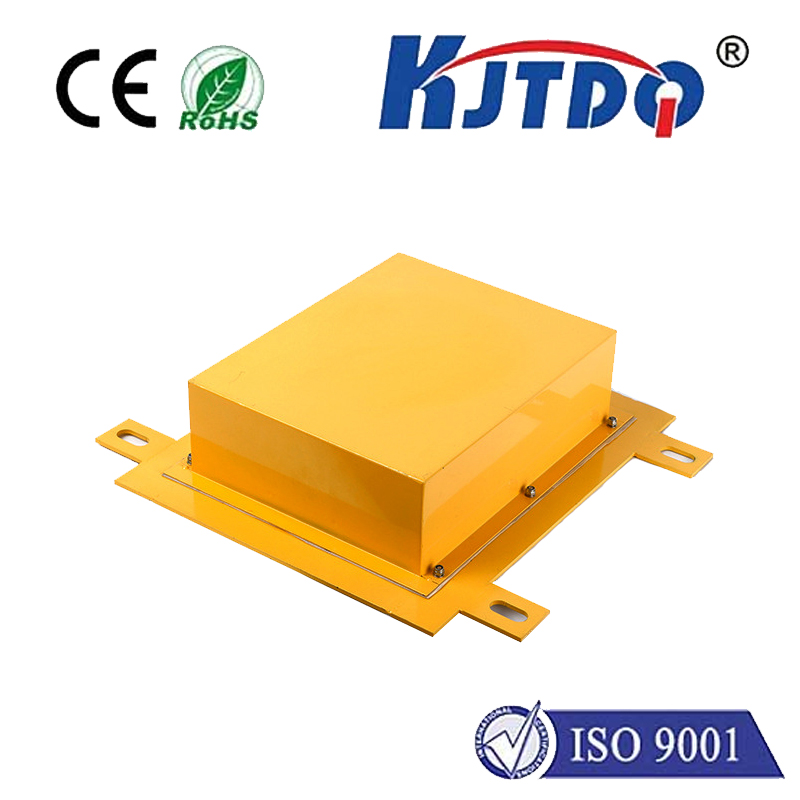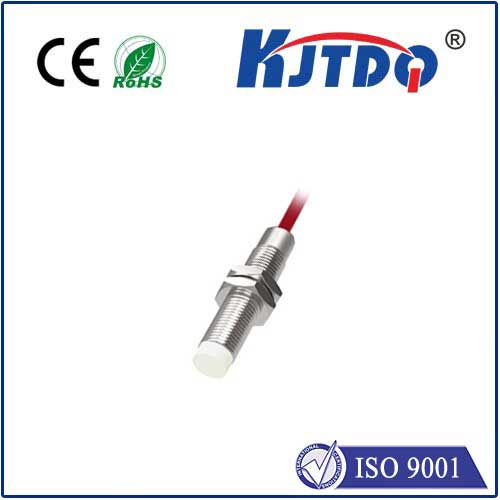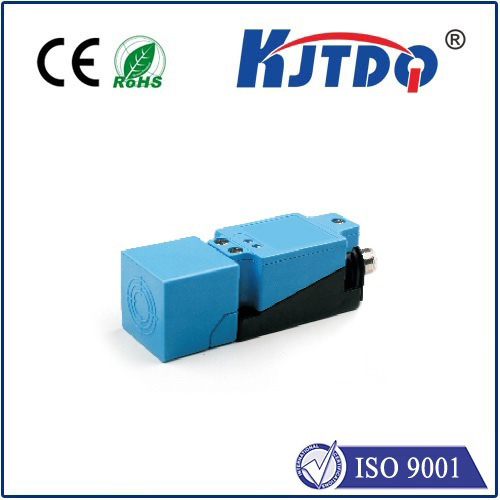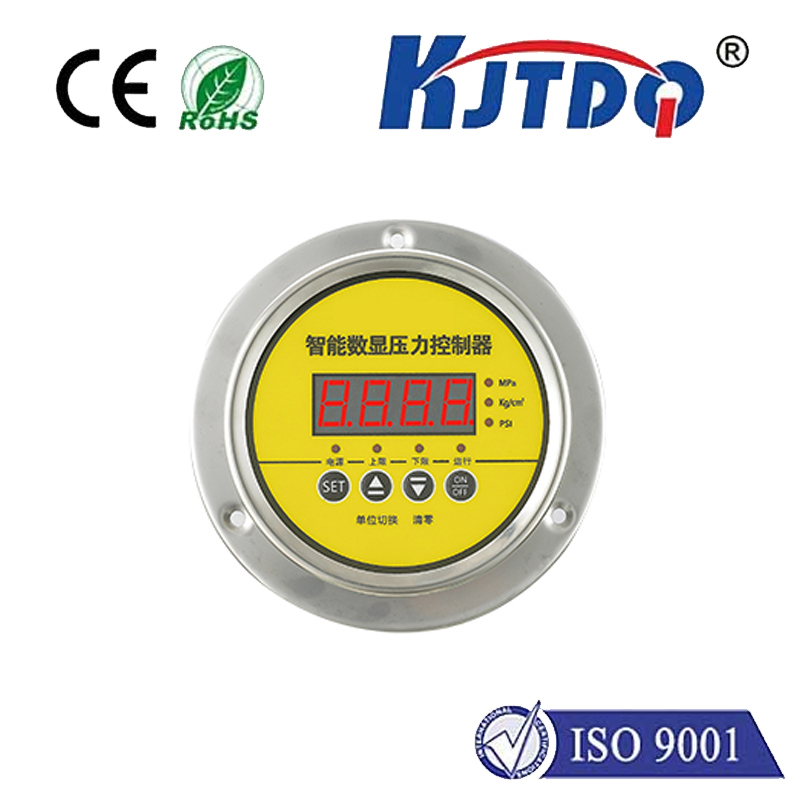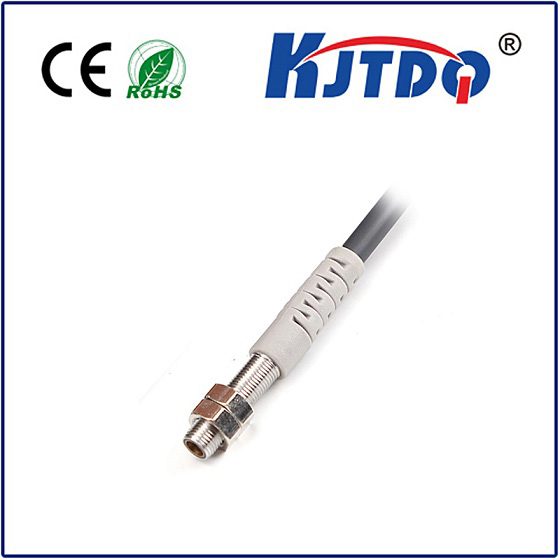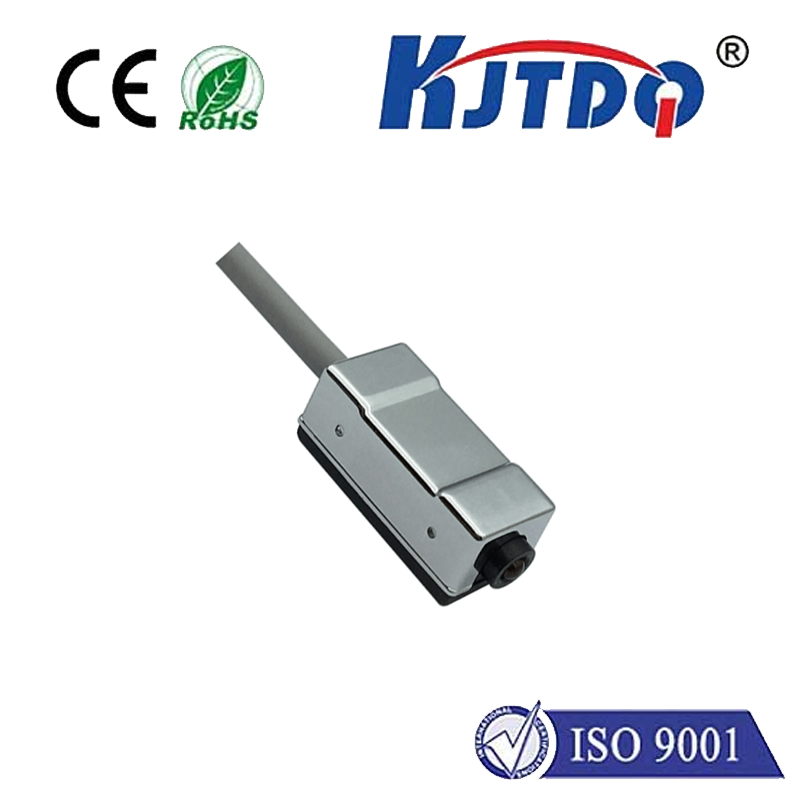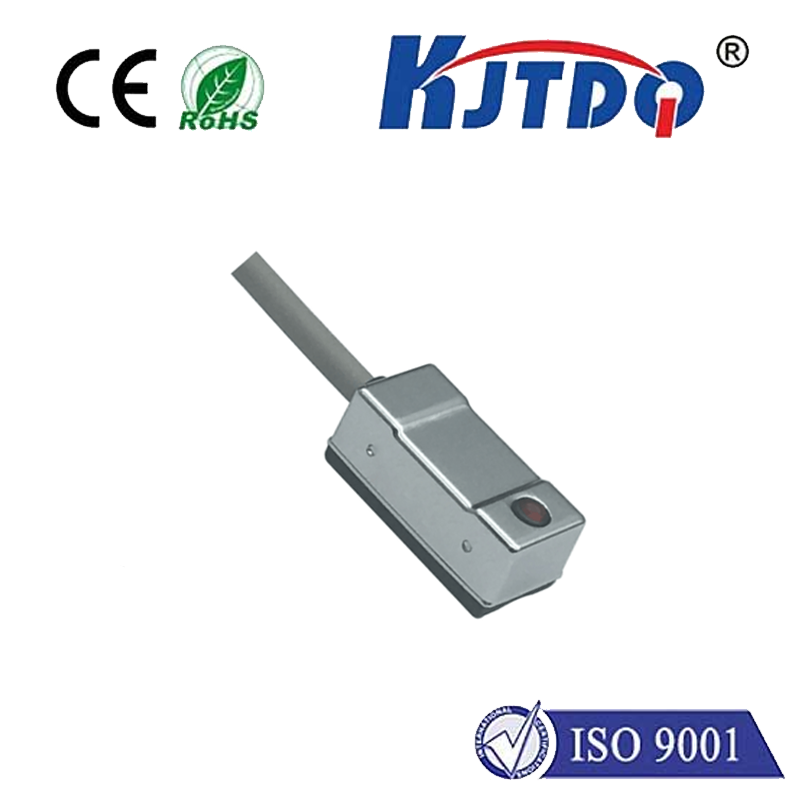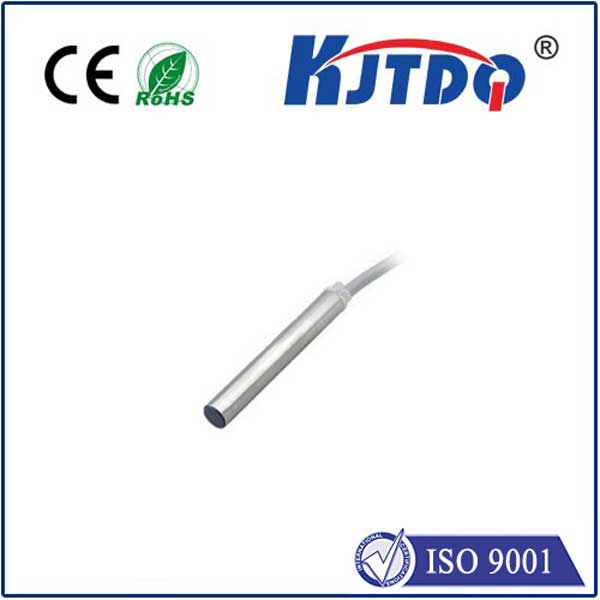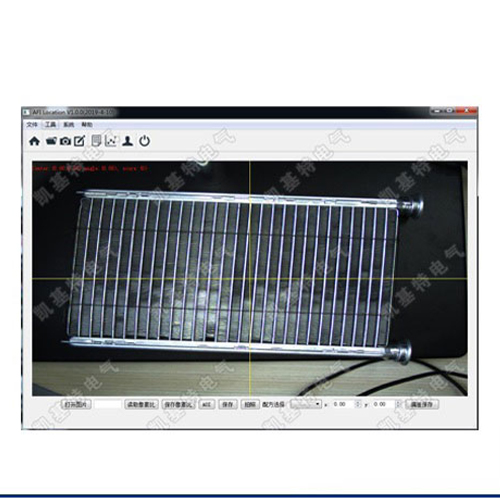diffuse reflective type sensor
- time:2024-10-17 00:56:30
- Click:0

Title: Understanding Diffuse Reflective Type Sensors
A diffuse reflective type sensor is a device that measures the distance to an object by analyzing the amount of light reflected back from the surface of the object. This type of sensor is widely used in various industries such as automation, robotics, and automotive systems due to its accuracy and reliability. In this article, we will discuss the working principle, applications, advantages, and limitations of diffuse reflective type sensors.
Working Principle:
The working principle of a diffuse reflective type sensor involves emitting a beam of light towards an object and measuring the amount of light reflected back from the surface. The sensor has two main components: an emitter and a receiver. The emitter sends out a pulse of infrared light, which is reflected back from the object’s surface and detected by the receiver. The time it takes for the light to travel to the object and back to the sensor is proportional to the distance between the sensor and the object. By measuring this time, the sensor can determine the distance to the object with high precision.
Applications:
Diffuse reflective type sensors are commonly used in various applications, including:
- Industrial automation: These sensors are used in conveyor belts, packaging machines, and quality control systems to monitor the presence or absence of products and ensure proper alignment and positioning.
- Robotics: Diffuse reflective type sensors are used in robotic arms and drones for obstacle detection and navigation, allowing them to avoid collisions and operate safely in their environment.
- Automotive systems: These sensors are used in vehicles for parking assistance, lane departure warning, and adaptive cruise control, providing drivers with improved safety and convenience.
Advantages:
There are several advantages of using diffuse reflective type sensors, including:
- High accuracy: Diffuse reflective type sensors provide precise distance measurements, making them suitable for applications that require high levels of accuracy.
- Non-contact measurement: Since these sensors do not require physical contact with the measured object, they are ideal for applications where contact would be damaging or impractical.
- Easy installation: Diffuse reflective type sensors are relatively easy to install and require minimal maintenance, making them cost-effective and reliable solutions for various applications.
Limitations:
Despite their advantages, diffuse reflective type sensors also have some limitations, including:
- Limited detection range: The maximum detection range of a diffuse reflective type sensor depends on factors such as the size of the object, the surface properties, and environmental conditions. Larger objects or those with low reflectivity may reduce the effective detection range.
- Sensitivity to ambient light: Diffuse reflective type sensors can be affected by ambient light conditions, such as sunlight or artificial lighting, which can cause interference and affect the accuracy of distance measurements. To minimize this issue, sensors can be equipped with filters or shielding to reduce the impact of ambient light.
In conclusion, diffuse reflective type sensors are versatile and accurate devices widely used in various industries for distance measurement applications. They offer numerous benefits, such as high accuracy, non-contact measurement, and easy installation. However, they also have limitations, such as limited detection range and sensitivity to ambient light. By understanding these factors, users can select the appropriate sensor for their specific application and ensure optimal performance.












